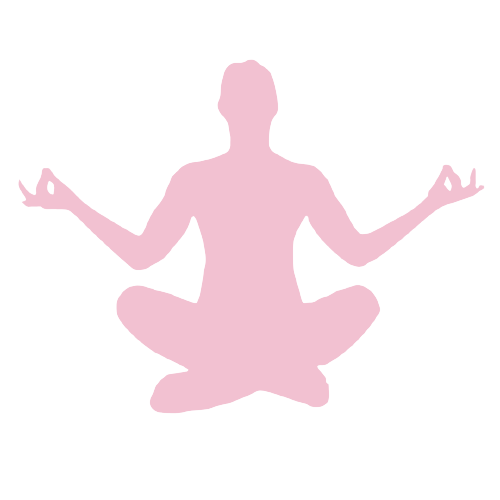Mandukasana is one of the many yoga asanas that look like frogs—The phrase is derived from the Sanskrit words “manduka” (frog) and “asana” (pose).
As this asana is a powerful hip-opener in its most popular version. In layman’s terms, “mandukasana” is also known as the frog position.
To know more about Mandukasana—read further, to try it for yourself!
How it should be performed?
Here’s how to achieve Mandukasana Steps (Frog Pose):
- STEP 1: Simply sit in Vajra asana or thunderbolt pose
- STEP 2: Make a fist using both hands.
- STEP 3: Press your thumb inside with your fingers while tightening your hands.
- STEP 4: Exhale and lean forward while pushing your hands towards your navel.
- STEP 5: Hold your breath while bending forward and keeping your gaze straight.
- STEP 6: Stay in this stance for a few seconds relative to your endurance—inhale, and return to the beginning position of Vajra asana.
- STEP 7: Sustain three to four times more.
Types of this Yoga
“Mandukasana” can be done in the following listed:
- Performing Mandukasana with prop
Place blankets or rolled-up mats beneath your knees to perform Mandukasana—as this prop will help support your knees and allow you to hold this yoga posture for a longer amount of time.
- Mandukasana using open palms
If you have stiffness while doing ‘mandukasana’, keep your palms open instead of making a fist and position them on each side of your navel.
- Mandukasana uttana
This requires an elevated frog position, rather than in which you slump forward. This position demands more stretching than the standard variant of ‘mandukasana’.
What are the precautions for performing it?
Even though mandukasana is a simple yoga practice, you should still look into the following precautions to avoid any further mild injury or aftershock.
Anyone who has significant back discomfort should avoid performing this yoga position. Especially, when you have previously had abdominal surgery.
Although they advised pregnant women to do mild meditation, this yoga method is not recommended for them. Also, this yoga posture should not be attempted if you have an ankle injury, high blood pressure, sleeplessness, or are prone to migraines.
You should not overextend your abdominal muscles and should simply attempt to hold this posture for as much as your body can adequately manage it—Just take note, perform this yoga with an empty stomach.
5 Health benefits of performing Mandukasana
- Prevent the occurrence of diabetes
Daily and consistent practice of this asana aids in the prevention of chronic terminal diseases such as diabetes—also, several studies have shown that the frog stance stimulates insulin production within the body.
- Enhance Your Digestive System
According to several studies, frequent practice of the asana improves digestive health and function—which optimizes bowel motility, increases digestive fluids and enzymes that are excellent for metabolism, discharges trapped gasses, avoids constipation, and many more.
- Reduce Anxiety and Stress
It is the finest approach to reducing tension and anxiety. Practicing the frog stance regularly—may enhance blood circulation to the brain which aids in reducing anxiety and stress.
- Increase the strength of your back, hips, knees, and ankles
Whenever executing the posture—we stretch the muscles of the back, hips, knees, and ankles, which improves blood flow to these regions. That reduces the chance of injury and renders muscles strong and athletic.
- Improve Circulation and Heart Health
Performing the asana puts pressure on the chest, which helps to expand the chest muscles, enhances circulation, decreases strain on the blood vessels, and many more.
How many times should Mandukasana be done?
In a single day, you can do 4 to 5 rounds of Mandukasana. Additionally, This asana is suitable for everyday practice since it isn’t as rigorous as other yoga asanas.

